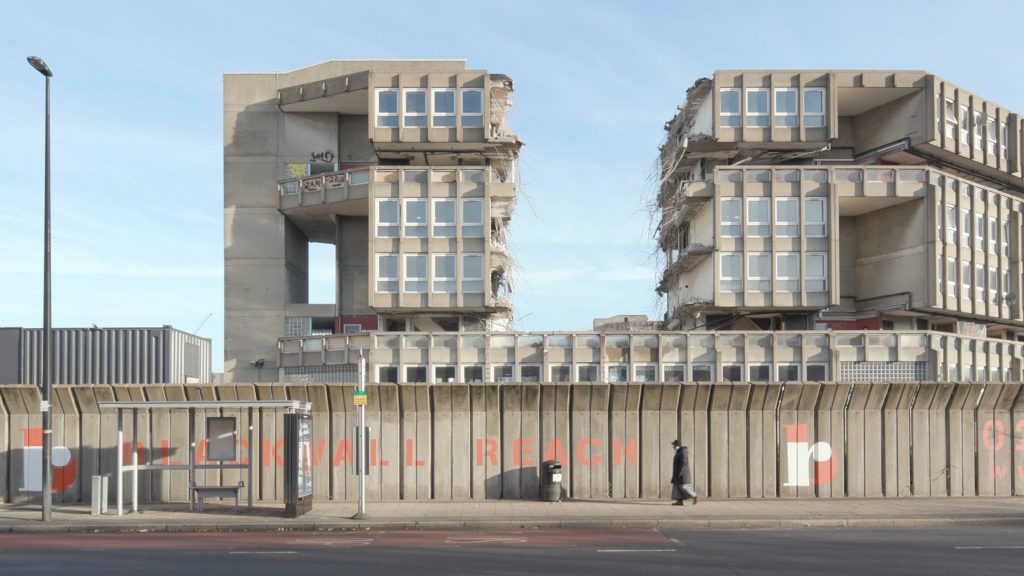Over the course of history, countless buildings and artefacts have been destroyed. In late 1954 during excavation works for a new office block, a 2,000 year-old Temple of Mithras (Mithraeum) was discovered in Central London between modern day Bank and Cannon Street stations. In order not to disturb the new building too much, the Roman site was moved 500 metres away and reassembled for display to the public (MOLA, 2017, p. 85) while carvings from the temple were displayed in the Museum of London while other stones were lost (Lyon, 2007). The public outcry surrounding the moving of the temple in the late 1950s led to new formal guidance on how archaeological remains should be treated (Kennedy, 2012). The structure has been moved again, this time closer to its previous location, and resides under the Bloomberg’s new offices, with its own entrance for the public. Sadly the 1960s reassembly used ‘modern’ concrete (Shepherd, 1998), which adds to the question of whether the moved Mithraeum is the same structure as the one completed by the Romans.
In April 2010, Tower Hamlets council announced that Alison and Peter Smithson’s brutalist Robin Hood Gardens estate was to be demolished and replaced with a new estate called ‘Blackwall Reach’. London’s Victoria & Albert Museum purchased two flats from the top of the original block for removal and storage as part of the demolition process (Bingham, 2017). Unlike the ‘new’ owners of London Mithraeum, the V&A are working with Muf Architecture and engineering firm Arup to build a scaffold to support the structure allowing visitors to experience the original architects’ “street in the sky” concept (Waldek, 2018).
Although the V&A-purchased section of Robin Hood Gardens and the London Mithraeum are arguably the same structure as when they were originally built, there remains a question over whether the change in their respective context has affected these structures so much that they should now be thought of as ‘new’ items for the purposes of consideration and study:
“Keeping a small section is by no means an adequate way of preserving all that is important about a great building, but…
some sense of the physical materiality of Robin Hood Gardens will endure.”
Catherine Croft, director at the Twentieth Century Society
Following their capture of Palmyra in Syria, terrorist group Da’esh (also known as ISIS) announced their intention to destroy “polytheistic” statues (those designed for the worship of or belief in multiple deities). A month after the capture of the city, they announced the destruction of the 3.5m (11ft) high Lion of Al-lāt statue (BBC News, 2015a). In late August 2015, Da’esh announced they had destroyed the 1st-century Temple of Baalshamin (AFP, 2015) followed a few days later by the destruction of the Temple of Bel (BBC News, 2015b) and the 2nd-century AD Tower of Elahbel (AP, 2015).

Temple of Bel, Palmyra; before and after destruction (source: ITV News)
Multiple photographs and other documentation concerning these and other destroyed buildings and artefacts exist (Cunliffe, et al., 2016, p. 20). However, the question of whether or not these records and surveys are suitable alternatives to those which have been destroyed, or if any new structures could be considered as important as the original ones is open to debate. Another significant question surrounds the ownership of the data created from scanned models: should this metadata be owned by local communities or national governments from where the scanned object resides, the company creating the scan, or perhaps another body such as UNESCO. Whatever is decided in these situations, the information in these virtual models is perhaps now as vital as the buildings themselves once were (Peri/ V&A Museum, 2017 and Hunt, 2017).
—
- AP, 2015. In latest round of destruction, ISIL reduces three ancient tower tombs in Palmyra to rubble [National Post] accessed 29 April 2018
- AFP, 2015. Isis ‘blows up temple dating back to 17AD’ in Palmyra [The Guardian] accessed 30 April 2018
- BBC News, 2015a. Islamic State militants ‘destroy Palmyra statues’ [BBC News Online] accessed 28 April 2018
- BBC News, 2015b. Palmyra’s Temple of Bel destroyed, says UN [BBC News Online] accessed 28 April 2018
- Bingham, N., 2017. Moving flats: Robin Hood Gardens comes to the V&A [V&A Blog] accessed 01 May 2018
- Cunliffe, E., Muhesen, N. & Lostal, M., 2016. The Destruction of Cultural Property in the Syrian Conflict: Legal Implications and Obligations. International Journal of Cultural Property, 23(1), pp. 1-31.
- Hunt, T., 2017. Opinion: The real work of art in the age of reproduction. Financial Times, 1 December, 2017.
- Kennedy, M., 2012. Temple of Mithras comes home [The Guardian] accessed 29 April 2018
- Lyon, J., 2007. The Temple of Mithras: changing heritage values in the City of London 1954-2006. Conservation and Management of Archaeological Sites, 9(1), pp. 5-37.
- Museum of London Archaeology (MOLA), 2017. Archaeology at Bloomberg, London: MOLA.
- Peri Charitable Foundation/ V&A Museum, 2017. V&A launches global programme exploring reproduction of cultural heritage in digital age [V&A Press Release] accessed 28 April 2018
- Shepherd, J. D., 1998. The Temple of Mithras, London: Excavations by W.F. Grimes and A. Williams at the Walbrook. London: English Heritage.
- Waldeck, S., 2018. The V&A Museum Will Recreate a Demolished Social Housing Complex for the 2018 Venice Biennale [Architectural Digest] accessed 20 April 2018
